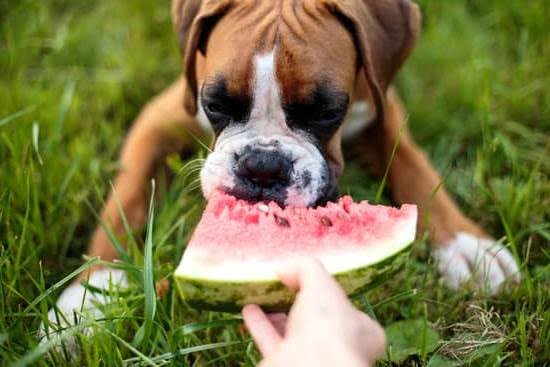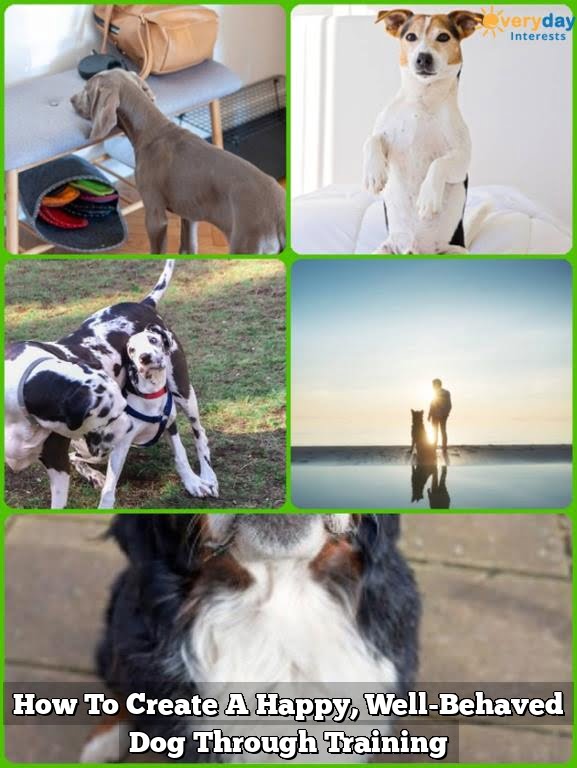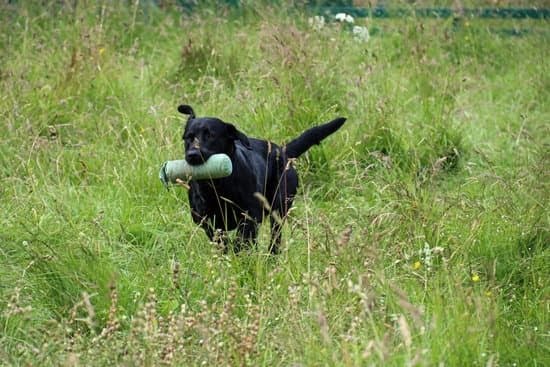Introduction
The goal of any lesson plan for dog training is to provide consistent instruction and clear expectations to ensure a successful outcome. A lesson plan should capture the specific details necessary to achieve this goal by addressing the ‘who, what, when, where & why’ of each subject.
It’s important to have an introduction that outlines the basics of dog training and why having a detailed lesson plan is beneficial. The introductory part of the lesson should briefly explain how dogs learn and how that knowledge can be applied in dog training. It should also highlight some of the evidence based methods used by professional dog trainers such as reward based techniques and positive reinforcement. Finally, it should stress out the importance of having a detailed plan in order to prevent misunderstanding between owners/trainers and animals, as well as provide structure when it comes to creating new behavior patterns in our furry friends.
Preparing a Lesson Plan
Before creating a lesson plan for dog training, it is important to take into account each individual dog’s needs. A proper assessment should be conducted beforehand to identify any behavioral problems, such as aggression or fear, that the trainer must address. After determining their doggy student’s particular strengths and weaknesses, the trainer should then collect all necessary materials for the lesson. These can include food rewards, simple equipment like drag leads or harnesses and clickers (for clicker-training) as well as other even more specialized items. Depending on the level of difficulty needed for each exercise, different types of props may need to be acquired for each individual training session. For example, if aiming to teach dogs how to respond correctly to verbal cues from a distance then a long line would have to be procured; however if the goal is only teaching sit or stay commands at close range than no prop is required. Gather only the items specific for your lesson plan and make sure you have enough of each one so that there won’t be an interruption in training due to lack of supplies!
Creating the Lesson Plan
When creating a basis lesson plan for dog training, it is important to set goals and establish objectives before starting. Determine what you wish to accomplish, identify the areas and skills you would like your dog to be trained in, and how quickly you hope to see improvement. This should also include what methods will be used such as reward-based training or clicker-training.
Once the goals have been established, begin creating an outline of your lesson plan by breaking down different topics and exercises that need to be addressed. Start with basic obedience commands such as sit, stay, come and heel, but don’t forget about the importance of socialization too! Once these skills are mastered, move onto more advanced or specialty maneuvers such as agility courses or specialized tricks depending on the level of difficulty of your chosen skill set. Depending on your chosen methods, ensure that appropriate rewards and reinforcement are incorporated into each exercise. Additionally, remember to keep sessions short yet engaging so they remain fun for both you and your pup! Finally, end each session on a positive note – this can help motivate both parties to train again in the future!
Presenting the Lesson Plan
The lesson plan for dog training should begin with an introduction of the exercises that will be learned. This can include basic commands that are fundamental for successful dog training such as “sit”, “come”, and “stay”. Introducing these commands in a fun and engaging manner is also important, since a positive attitude from both the trainer and the dog can make learning easier.
Once the basic commands have been introduced, the lesson plan should include methods on how to reinforce these newly learned behaviors. Examples of reinforcing concepts could include rewarding the dog with treats or verbal praise after they perform one of their new tricks correctly.
Finally, once all behaviors have been addressed, it is essential to create a system in order to track progress when it comes to ongoing training efforts. The use of detailed written reports or checklists outlining specific skills can help trainers evaluate their teachings and adjust them accordingly so that they’re tailored to each individual dog’s needs.
Measuring Results
It is important to be able to measure the results you are getting in your dog training and make adjustments as needed. A clear way to do this is through regular assessment. After each lesson plan, assess how well the dog completed each task. Give yourself a score on a scale of 1-10 to rate the success of each item. This will help you track progress over time. If a particular lesson plan or command does not appear successful, don’t hesitate to try again with an alternate approach. Change up the environment, timing, and command style until something works for your pup. Finally, adjust goals accordingly in order to reach the desired outcome with your pup!
Maintenance
Once the lesson plan has been created, it is important to maintain and reinforce the plans established. Doing this will help ensure it works as intended and will help to improve the behaviours of the dog over time. Reinforcing good behaviour can be done through positive reinforcement, providing rewards for completing tasks according to the plan in a timely manner, or by using verbal praise. If a behaviour is found to be unhelpful or undesirable, it’s important that those behaviours are modified and corrected quickly, while rewarding desired behaviors. This could be done through providing treats when the dog acts positively or redirecting negative or undesired behaviour correctly away from potential issues or dangers.
Troubleshooting Common Issues
Having a lesson plan for dog training is essential for both the trainer and the owner. Once you have determined what type of behavior you want to teach, there are a few key steps to keep in mind when crafting your lesson plan. First and foremost, it is important to break down tasks into small manageable actions that can be easily remembered and reinforced. Instead of expecting your pup to take on complex commands such as “sit-stay,” start by teaching him something simpler like “sit.” This will ensure that the pup has been presented with a task they understand and can execute successfully while giving them confidence as they build their skillset.
In addition to breaking down tasks into achievable goals, it is important to craft a positive environment in which the pup can learn by rewarding all successes. A food reward or simple praise are great motivators at this stage, but offering extra levels of rewards such as a toy or playtime after continued successes can greatly increase retention rates over long periods of time.
To troubleshoot common issues that may arise during lessons, begin by evaluating the basics such as: Are the commands consistent? Is there an adequate attention span? Whether these issues stem from an underlying health concern or simply a lack of understanding from either the pup or owner, addressing dismissal distractions quickly and calmly are vital steps towards a successful training experience for both parties involved at every stage of development
Conclusion
Having a lesson plan for your dog training sessions helps to ensure success. A well thought out lesson plan encourages you to think more deeply about the goals of each session and provides clarity on how each step should be accomplished. This makes sure that every experience a dog has in their training is positive, purposeful, and consistent. Furthermore, it allows you to easily measure progress and adapt plans as needed. By taking time to create a detailed basis lessons plan you will be better equipped to maximize the potential success of your canine’s training journey.

Welcome to the blog! I am a professional dog trainer and have been working with dogs for many years. In this blog, I will be discussing various topics related to dog training, including tips, tricks, and advice. I hope you find this information helpful and informative. Thanks for reading!





